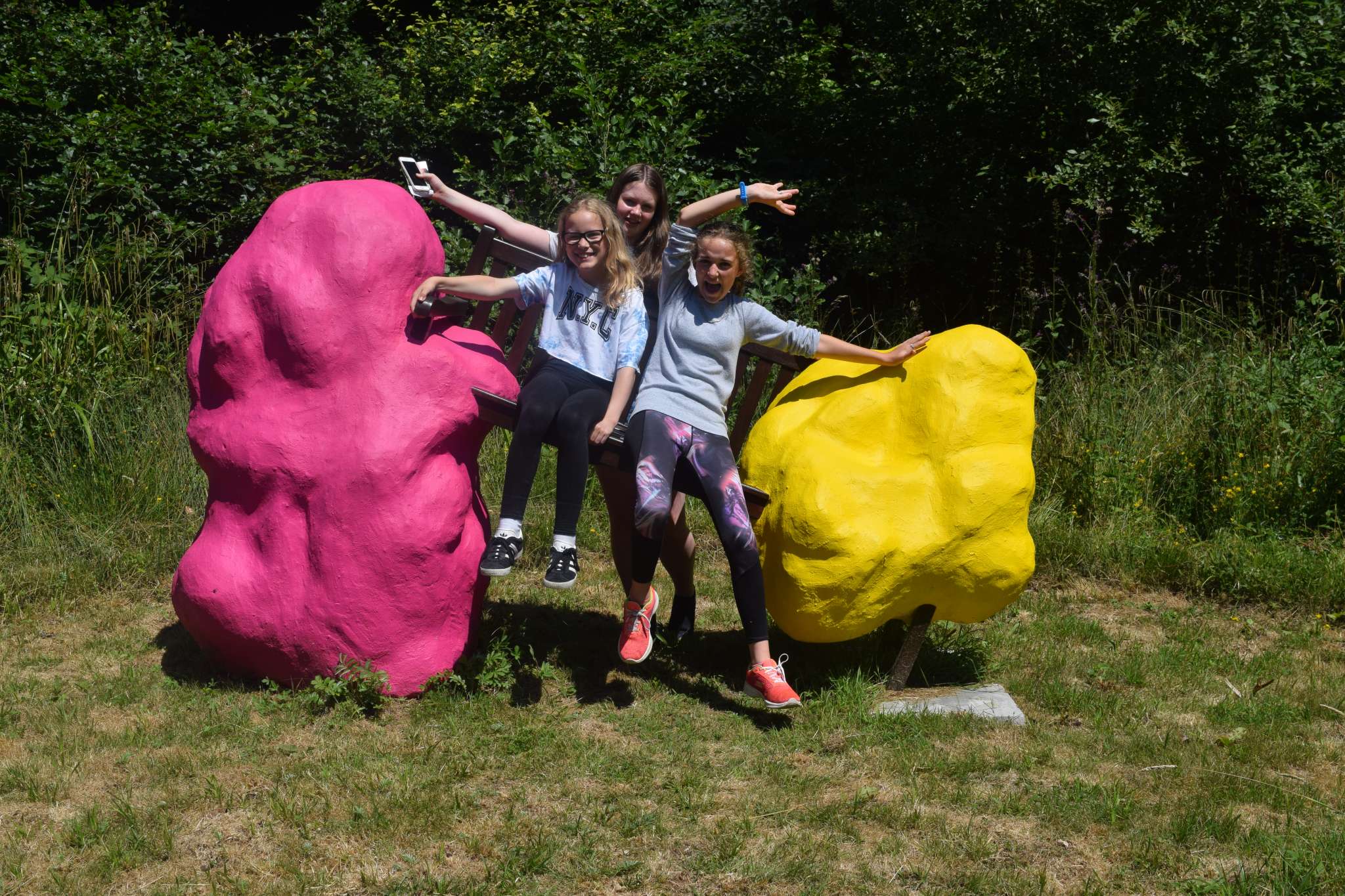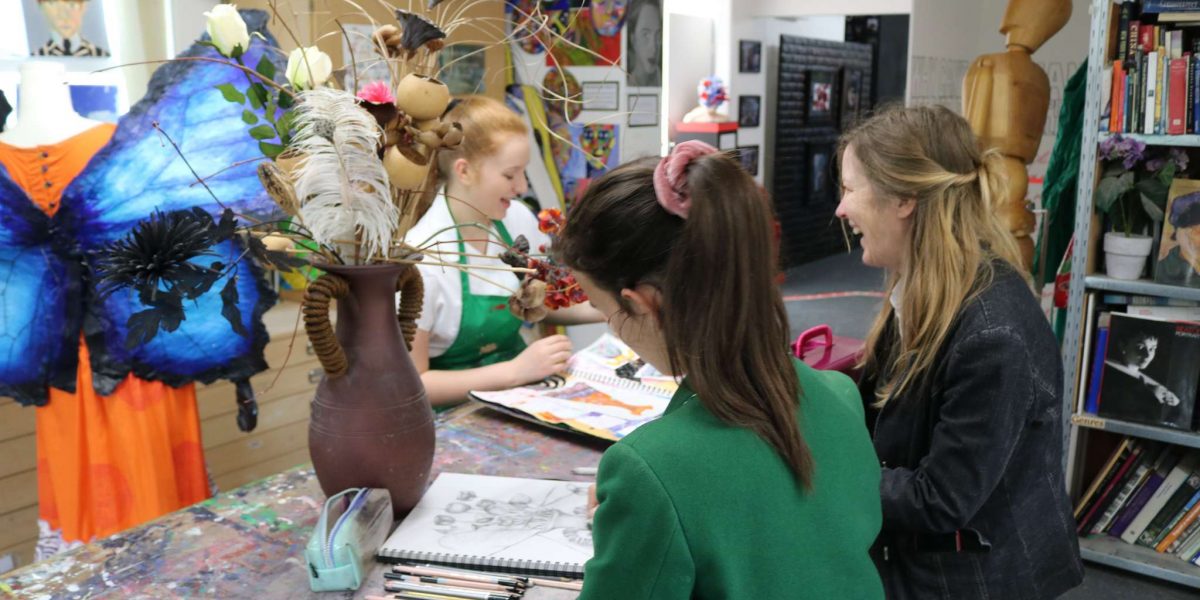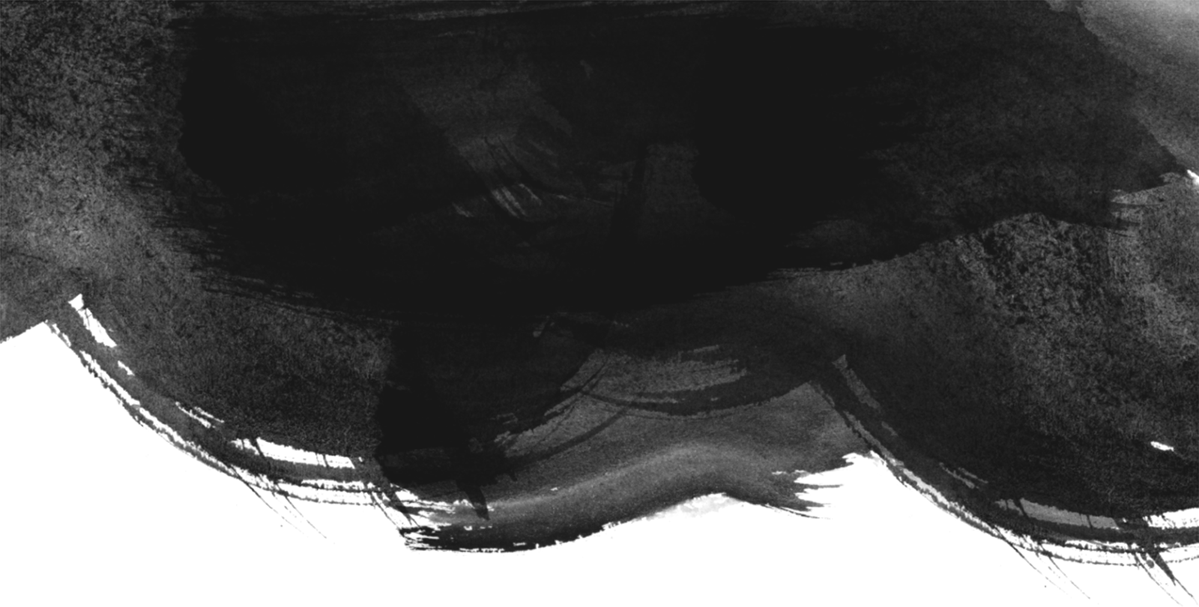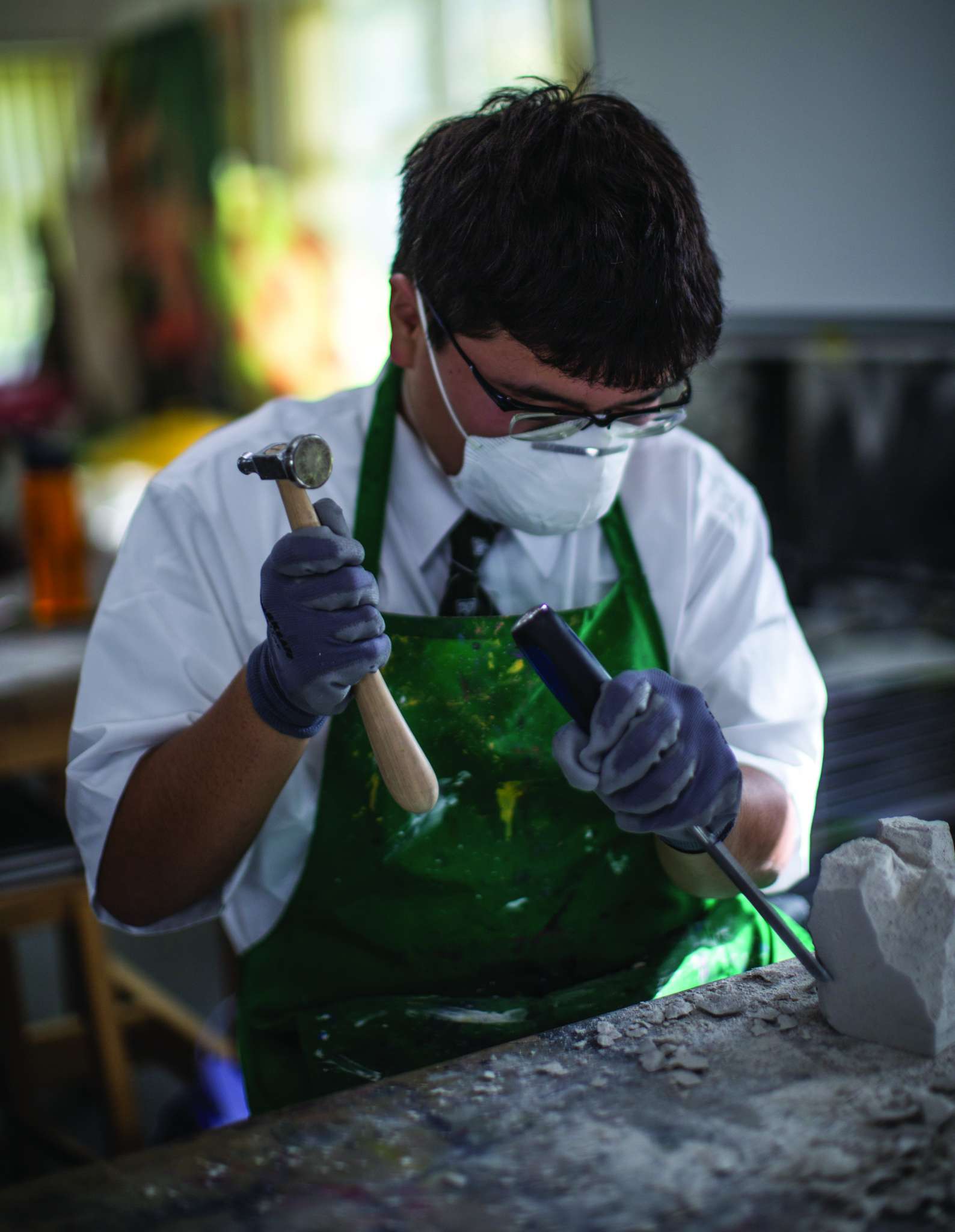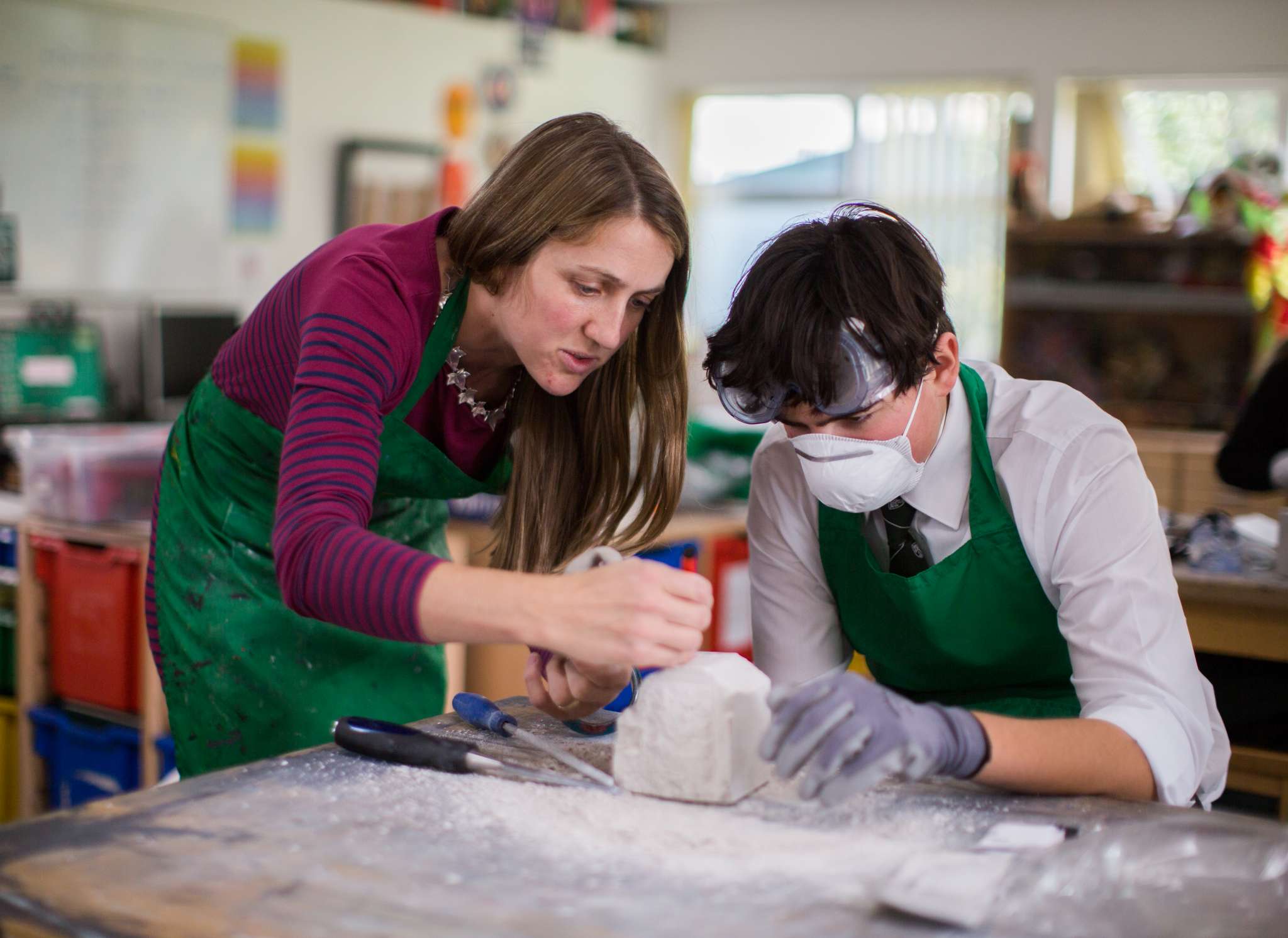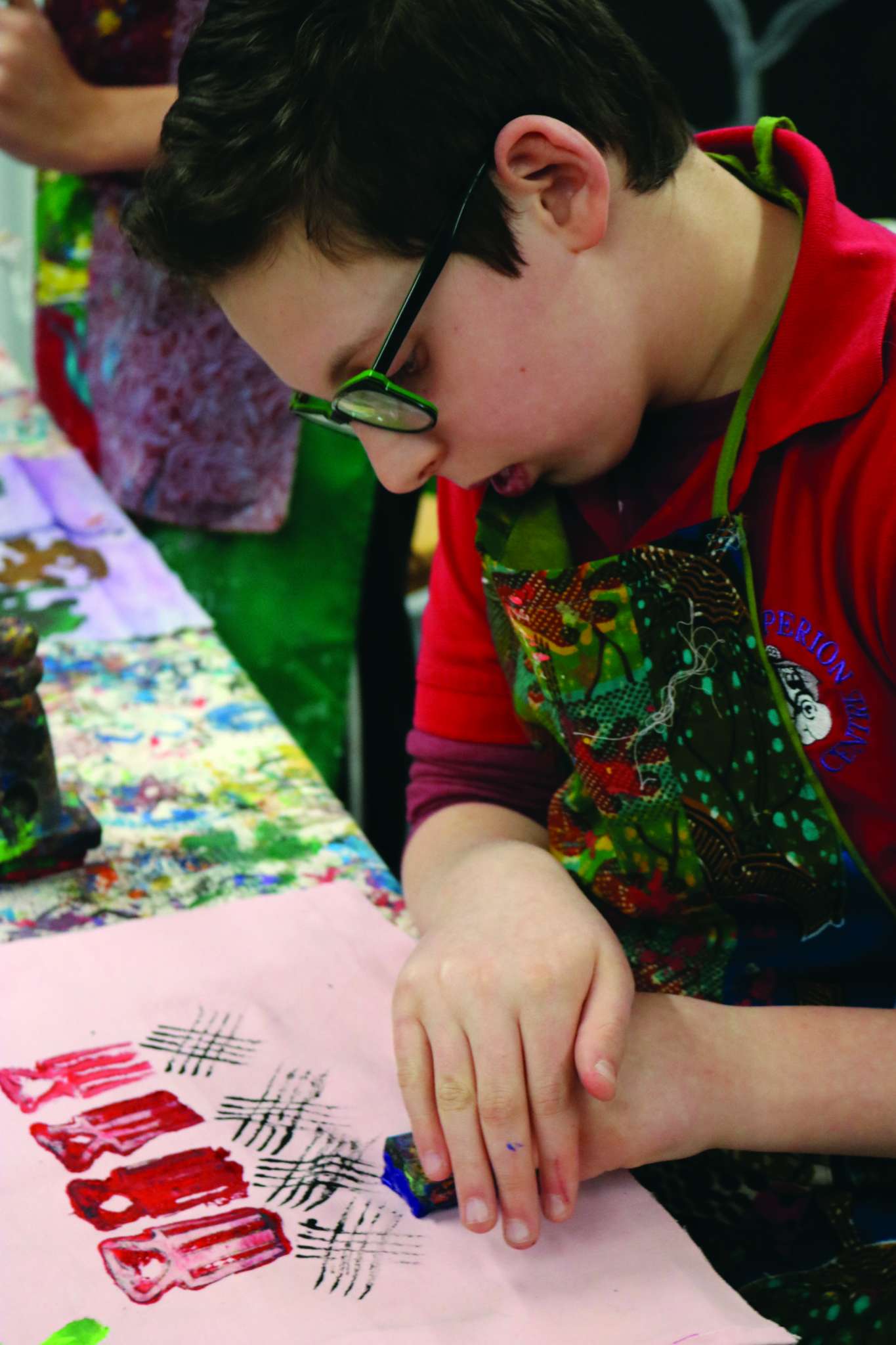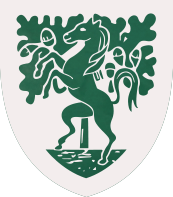Examination Board: AQA
Specification code: 8201/C; 8201/X
Our GCSE Art, craft and design course is flexible, so that we can tailor the course to suit your child’s interests and strengths. From painting and printing, ceramics and sculpture to textiles and dress design.
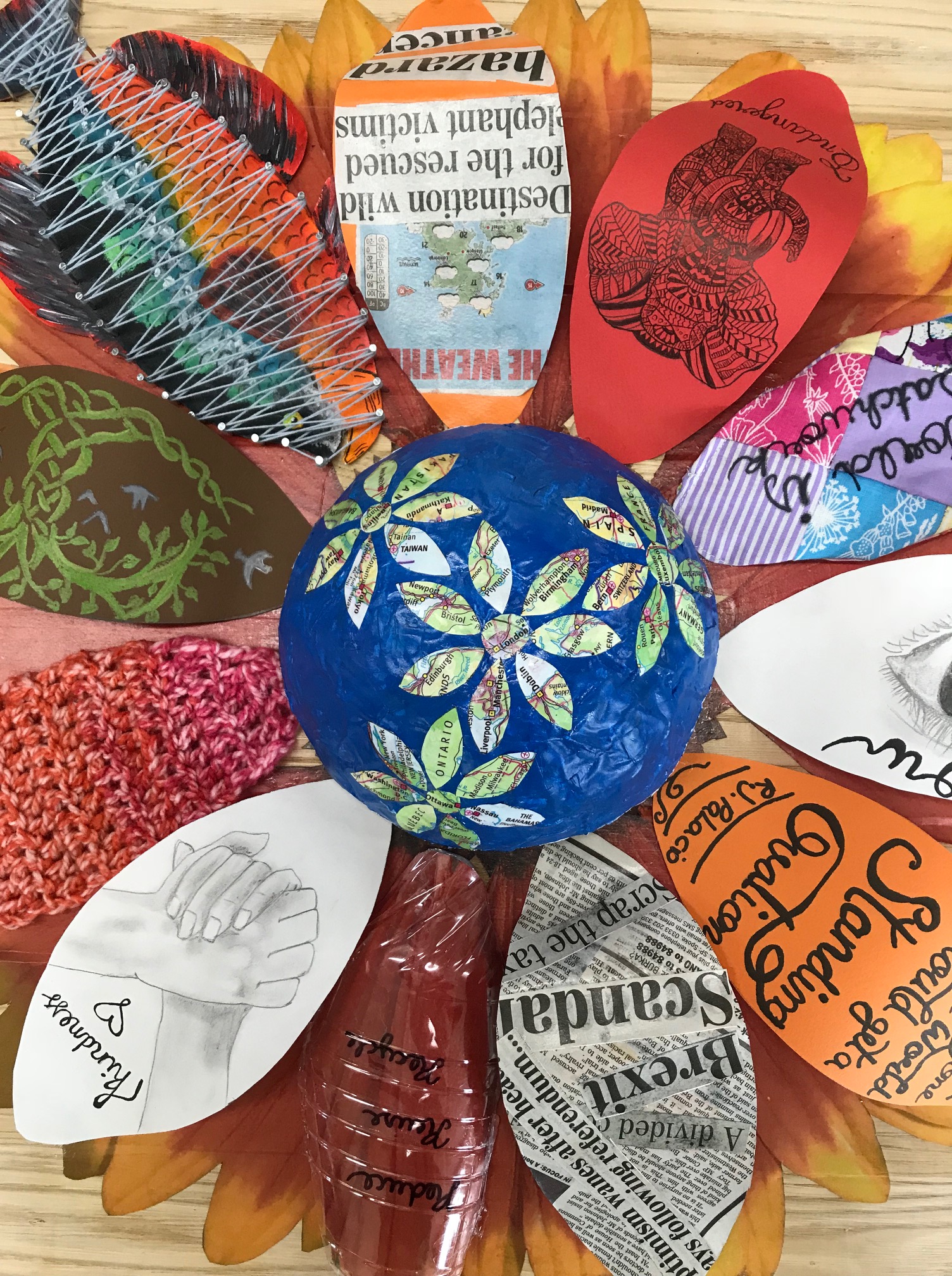
GCSE PHOTOGRAPHY
Examination Board: AQA
Specification code: 8206/C; 8206/X
Our GCSE Photography course also has flexibility, so that we can tailor the course to suit your child’s interests and strengths. We have a dark room for more traditional photography experimentation and we use digital software to manipulate digital images.
Both the Art & Design and Photography course follow the following structure:
| Assessment objective 1 – Research and investigations | Assessment objective 2 – Experimenting, reviewing and refining | Assessment objective 3 – Photography, observational drawing and annotations | Assessment objective 4 – Final piece/s |
| Develop ideas through investigations, demonstrating critical Understanding of sources. | Refine work by exploring ideas, selecting and experimenting with appropriate media, materials, techniques and Processes. | Record ideas, observations and insights relevant to intentions as Work progresses. | Present a personal and meaningful response that realises intentions and demonstrates understanding of visual Language. |
1: Portfolio
There is no restriction on the scale of work, media or materials used. We encourage pupils to work in a diverse range of disciplines and media; from textile printing and dress making to painting, sculpture and even installation or video. Each pupil must select and present a portfolio representative of their course of study. The portfolio
Portfolios must include both:
- A sustained project developed in response to a subject, theme, task or brief evidencing the journey from initial engagement with an idea(s) to the realisation of intentions. This will give students the opportunity to demonstrate, through an extended creative response, their ability to draw together different areas of knowledge, skills and/or understanding from across their course of study.
- A selection of further work resulting from activities such as trials and experiments; skills-based workshops; mini and/or foundation projects; responses to gallery, museum or site visits; work placements; independent study and evidence of the student’s specific role in any group work undertaken.
The work submitted for this component will be marked as a whole. Students should carefully select, organise and present their portfolio and must ensure that it provides evidence of meeting all four assessment objectives. They must identify and acknowledge sources which are not their own and provide evidence of drawing activity and written annotation. Work selected for the portfolio should be presented in an appropriate format and could include:
Mounted studies, sketchbooks, visual diaries, journals, design sheets, design proposals, models, maquettes, prototypes, storyboards or video.
2: Externally set assignment (Examination Project)
AQA will provide a separate externally set assignment for each title, each with seven different starting points. Students must select and respond to one starting point from their chosen title. The externally set assignment provides students with the opportunity to demonstrate, through an extended creative response, their ability to draw together different areas of knowledge, skills and/or understanding in response to their selected starting point.
The extended creative response must explicitly evidence students’ ability to draw together different areas of knowledge, skill and/or understanding from initial engagement with their selected starting point through to their realisation of intentions in the 10 hours of supervised time. Supervised time (Exam) – 10 hours
Students must ensure that the total submission for Component 2 evidences coverage of all four assessment objectives and evidence of drawing activity and written annotation. Students must identify and acknowledge sources which are not their own. Externally set assignments will be available to students and teachers from 2 January. A preparation period which can begin on or after 2 January is followed by 10 hours of supervised unaided work in which students are required to realise their intentions. Students must not undertake any further preparatory studies once the first period of supervised time starts.
• Following receipt of the externally set assignment paper, students should select one starting point from which to develop their own work.
• Students may discuss their starting points with the teacher.
• Preparatory work may be presented in any suitable two- or three-dimensional format such as mounted sheets, sketchbooks, journals, design proposals, models and maquettes, digital or nondigital presentations.
• Students must stop work on their preparatory studies as soon as the first period of supervised time starts.
• There is no restriction on the scale of work, media or material used.
• Following the preparatory period, students must undertake 10 hours of unaided focused study, under supervision.
• The first two hours of supervised time must be consecutive.
• Schools and colleges may timetable supervised sessions for the remaining eight hours at their own discretion.
• Students may refer to their preparatory work during the supervised time but must not add to it or amend it during the supervised time or between sessions.
• Students must not add to or amend work produced during the supervised time; either between sessions of supervised time or after the 10 hours of supervised time has been completed.
• Work produced in the supervised time must be clearly identified as such.
• Preparatory work and work produced during the supervised time must be kept under secure conditions between and following the supervised sessions. Work produced during the supervised time must be clearly identified as such.
• Only the preparatory work and the work produced within the 10 hours of supervised time can be submitted as assessment evidence for this component.
Students must not have access to the internet during the 10 hours of supervised time.
All work submitted for this component will be marked as a whole. Students may produce a single outcome or a series of related outcomes when realising their intentions in the supervised time. Outcomes may be evidenced in any two-dimensional, three-dimensional, digital or non-digital format.
There is no restriction on scale of work, media or materials used.
